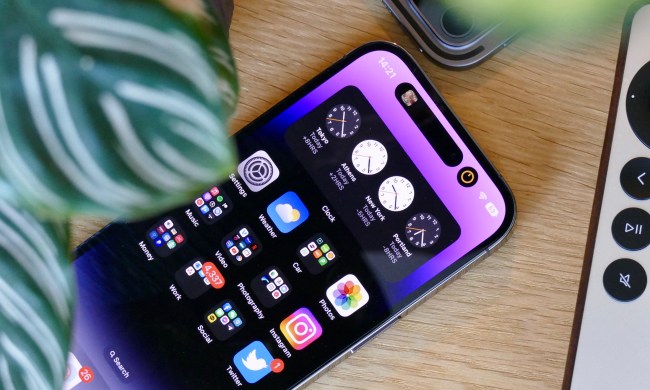Apple’s iOS 15 is here, and that means lots of new features if you’re using an eligible iPhone or iPod Touch. One of the biggest new additions is Live Text, a new feature that intelligently recognizes text in images or from your camera and allows you to copy and paste it. For instance, you could copy-paste a phone number directly into your dialer just by aiming your camera at it in real life. Here’s how to use Live Text in iOS 15.
Eligible devices
Unfortunately, not every device can use Live Text — and that includes devices that would otherwise be able to use iOS 15. Unfortunately, use of the feature is limited to those iPhones with the Apple A12 Bionic processor or newer. That includes the following devices:
- iPhone XS and XS Max
- iPhone 11, 11 Pro, and 11 Pro Max
- iPhone SE (2020)
- iPhone 12, 12 Mini, 12 Pro, and 12 Pro Max
- iPhone 13, 13 Mini, 13 Pro, and 13 Pro Max
If you try to use Live Text on an iOS 15 device that’s not on this list — sorry, you’re out of luck! It simply won’t work at this time.
How to use Live Text in iOS 15

You have a few options when it comes to using Live Text in iOS 15, as it’s pretty flexible. Here are the main ways you can quickly and easily use Live Text.
Using Live Text from the camera
Live Text should automatically recognize text while you’re using your camera, so just point your phone’s lenses at the text you want to sample.
Step 1: Open your camera and point it at your chosen text.
Step 2: The Live Text indicator will appear in the bottom-right, letting you know the camera has recognized text. Tap it.
Step 3: Tap and select text in the same way you normally would. If Live Text recognizes a link, phone number, or email address, then you’ll also be able to interact directly with the text by calling, emailing, or opening a link in your default browser.
Using Live Text in the Photos app

We often use quick snaps to save information for later, and if you’re like us, you can use Live Text to grab the info you need straight from your Photos app.
Step 1: Open your Photos app and select an image.
Step 2: The Live Text indicator will appear at the bottom-right corner. Tap it.
Step 3: Now just interact with the text the way you would with any other text. Like the previous mode, if it’s a phone number, email, or link, you can open it directly from the tool.
Using Live Text directly from text fields
This is probably the most useful feature Live Text offers, and it’s the one you might not have expected. You can open Live Text from any text field and use it to import chosen text directly to that field, cutting out a number of steps.
Step 1: Start by long-pressing your text field of choice. Select Text From Camera.
Step 2: The camera will pop up. Point it at your text of choice.
Step 3: Select the text required and tap Insert.


